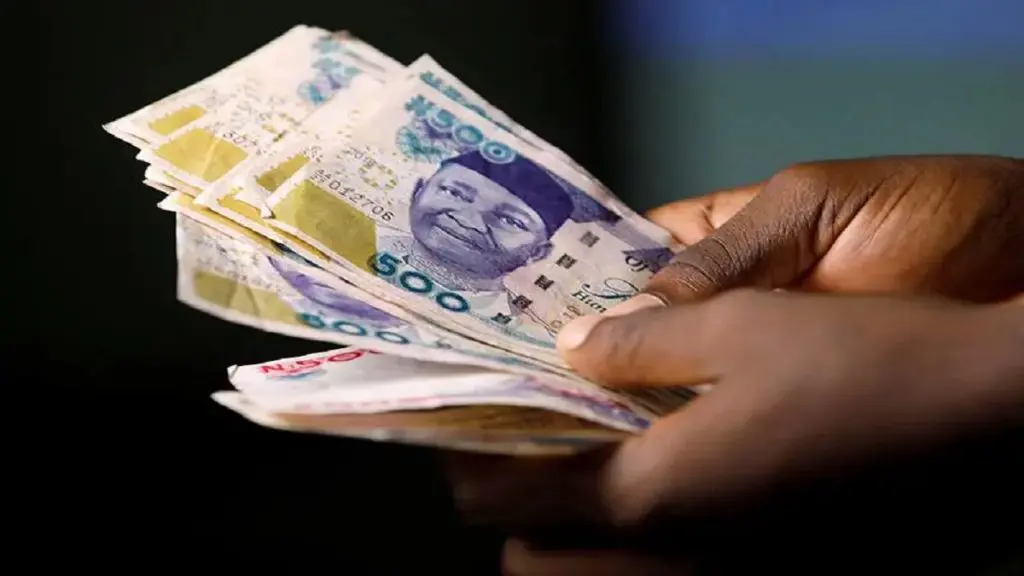Nigeria’s currency, the naira, extended its decline against the U.S. dollar for the second consecutive day this week, falling to a new low at the official foreign exchange market even as the country’s external reserves grew. Data released by the Central Bank of Nigeria (CBN) on Wednesday showed the naira weakened to ₦1,534.44 per dollar, a slight drop from ₦1,533.10 recorded the previous day. The daily depreciation of ₦1.34 highlights ongoing volatility in Africa’s largest economy, contrasting with a modest uptick in national reserves.
At the parallel market, however, the naira held steady at ₦1,565 per dollar, mirroring Tuesday’s rate. The stability in unofficial trading comes amid broader concerns about foreign exchange scarcity and the widening gap between official and black-market rates, a persistent challenge for Nigerian authorities.
The naira’s slide this week coincides with a rise in Nigeria’s external reserves, which climbed to $39.81 billion as of August 4, 2025, up from $39.54 billion at the month’s start. Analysts note that foreign reserve growth—often tied to fluctuations in oil prices and remittances—has yet to translate into sustained currency stability. Nigeria, a major oil exporter, has long grappled with balancing dollar supply and demand, with reforms under President Bola Tinubu’s administration aiming to unify exchange rates and attract foreign investment.
The CBN has introduced measures this year to curb speculation and boost liquidity, including stricter oversight of Bureau de Change operators and efforts to clear a backlog of unsettled foreign exchange transactions. Despite this, inflationary pressures and forex shortages continue to strain businesses and households, with annual inflation hitting 33.95% in May.
Economists emphasize that while rising reserves signal improved external buffers, structural issues—such as limited non-oil exports and delays in refining reforms—remain hurdles. “Reserves alone don’t dictate currency strength,” said Lagos-based financial analyst Adeola Adenikinju. “Investor confidence, consistent policy, and transparent forex management are equally critical to stabilizing the naira.”
The currency’s performance will likely remain under scrutiny as markets assess the impact of recent government policies, including fuel subsidy removals and adjustments to electricity tariffs. For now, the disconnect between reserve growth and the naira’s trajectory underscores the complexities of Nigeria’s monetary landscape and the challenges of aligning short-term data with long-term economic recovery.
